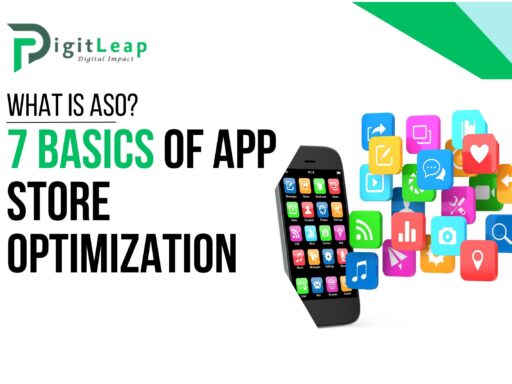Performance
Segmenting Performance Max Shopping Campaigns: A Simple Guide
Google’s Performance Max campaigns offer advertisers a way to maximize their reach across all Google channels with a single campaign. However, to make the most of these campaigns, it’s essential to segment your performance effectively. In this guide, we’ll explain how to segment your Performance Max Shopping campaigns for better results and answer some common questions.
What is Performance Max?
Understanding the Basics
Performance Max is a goal-based campaign type from Google Ads that allows advertisers to access all of Google’s inventory from a single campaign. This includes Search, Display, YouTube, Discover, Gmail, and Maps. The main benefit of Performance Max is that it uses machine learning to optimize your campaigns in real-time, helping you achieve your goals more efficiently.
Why Segment Performance Max Campaigns?
The Importance of Segmentation
Segmenting your Performance Max campaigns allows you to have more control over how your ads are delivered and to whom. By creating segments, you can tailor your ads to specific audiences, products, or goals. This helps improve the relevance of your ads and can lead to better performance, such as higher conversion rates and return on ad spend (ROAS).
How to Segment Your Performance Max Shopping Campaigns
1. Segment by Product Category
Target Specific Product Groups
One of the most effective ways to segment is by product category. For example, if you sell electronics, you can create separate segments for smartphones, laptops, and accessories. This allows you to tailor your ads and bidding strategies to each category, optimizing your budget and performance.
2. Segment by Audience
Reach the Right People
Audience segmentation involves targeting specific groups of people based on their behavior, interests, or demographics. For example, you can create segments for new customers, returning customers, or people who have shown interest in specific products. This helps you deliver more relevant ads, which can lead to better engagement and conversions.
3. Segment by Location
Focus on Geographic Areas
If your business operates in multiple regions, segmenting by location can be very effective. For instance, you can create separate campaigns for different countries, states, or cities. This allows you to adjust your messaging and bidding strategies based on the performance and competition in each location.
4. Segment by Time
Optimize for the Best Times
Time-based segmentation involves adjusting your campaign based on when your audience is most active. You can create segments for different times of the day or days of the week. This helps you allocate your budget more effectively and reach your audience when they are most likely to convert.
5. Segment by Conversion Goals
Align with Specific Objectives
If you have different goals, such as driving online sales, increasing store visits, or boosting newsletter sign-ups, segmenting by conversion goal can help. This allows you to customize your campaigns to achieve each specific objective more efficiently.
FAQs
Q1. What is the purpose of segmenting Performance Max campaigns?
Segmenting Performance Max campaigns helps you target specific audiences, products, or goals more effectively. It allows you to tailor your ads and strategies to improve relevance and performance.
Q2. How can I segment by product category?
To segment by product category, create separate campaigns or asset groups for each category. Tailor your ads, creatives, and bidding strategies to fit the needs and characteristics of each product group.
Q3. Why is audience segmentation important?
Audience segmentation is important because it allows you to deliver more relevant ads to specific groups of people. This can lead to higher engagement, better conversion rates, and improved campaign performance.
Q4. How does location segmentation work?
Location segmentation involves creating different campaigns or asset groups based on geographic areas. This allows you to adjust your messaging and bids according to the performance and competition in each region.
Q5. What are some best practices for time-based segmentation?
Best practices for time-based segmentation include analyzing when your audience is most active and creating segments for those times. This can involve focusing on certain times of day or days of the week when your audience is more likely to convert.
Q6. Can I segment by multiple factors at once?
Yes, you can combine different segmentation strategies, such as targeting specific products and audiences within a particular location. This allows you to create highly tailored campaigns that can perform better.
Q7. How do I measure the success of my segmented campaigns?
You can measure the success of your segmented campaigns by monitoring key performance indicators (KPIs) such as conversion rate, ROAS, and click-through rate (CTR). Compare these metrics across different segments to see which strategies are working best.
Conclusion
Segmenting your Performance Max Shopping campaigns is a powerful way to improve your advertising effectiveness. By focusing on specific product categories, audiences, locations, times, and goals, you can tailor your campaigns for better results. Regularly monitor your performance and adjust your segmentation strategy as needed to continue achieving your advertising goals. For more advanced segmentation techniques, consider consulting with a digital marketing expert who can help you refine your approach.






